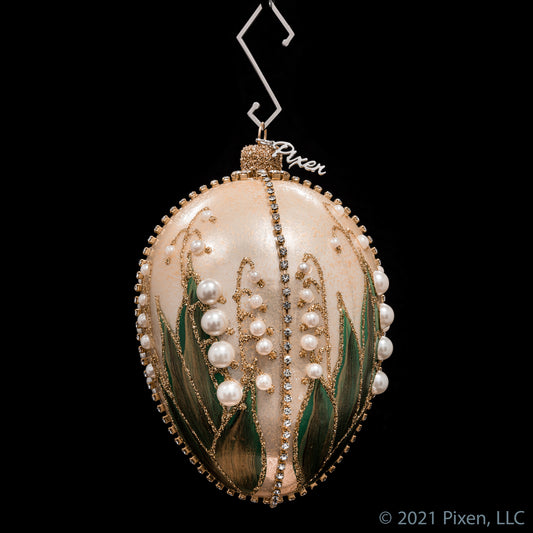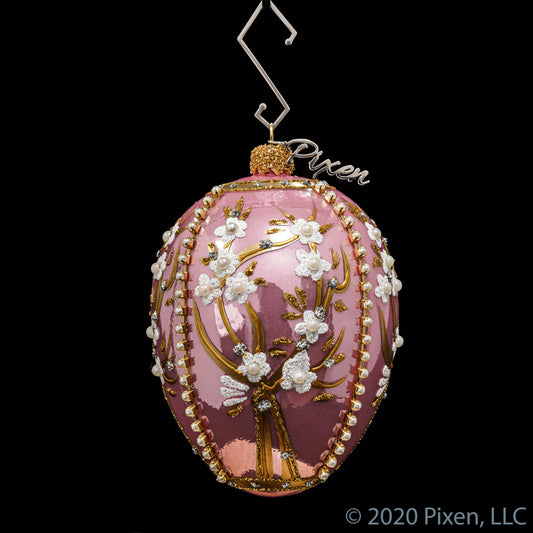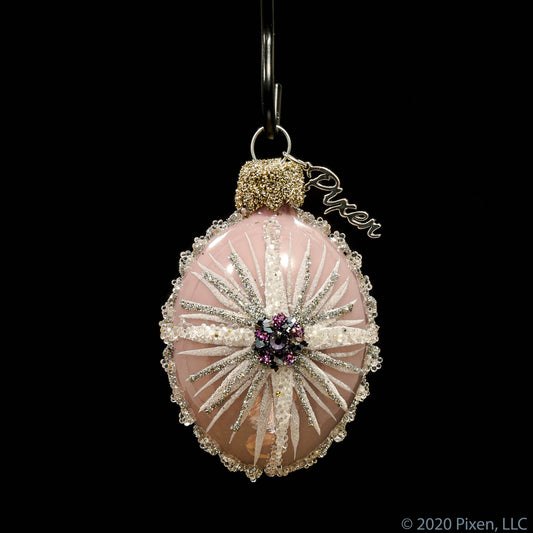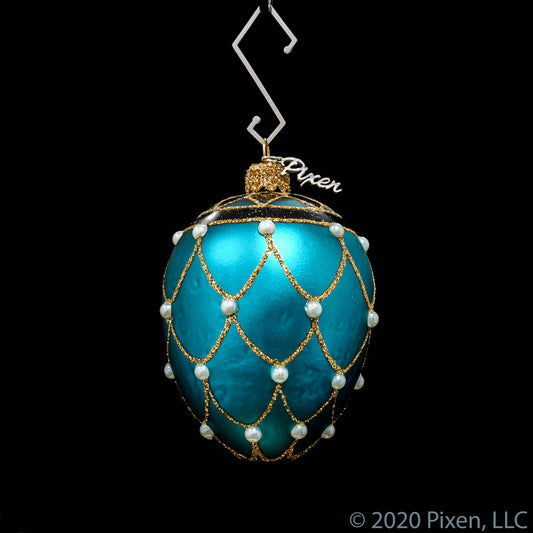The egg is a symbol of things nascent, about to be born. In early Christian cultures, eggs were one of the foods restricted during Lent, a period of 40 days of fasting and abstinence. As they say, absence makes the heart grow stronger. Dyed eggs became a part of the early Christian tradition, and made their way to Europe through the Eastern Orthodox church. As with many early traditions, withholding eggs from their springtime diet served a purpose - to hatch more chicks at a pivotal point in the year.
Though we’ve reached a point where we can produce enough eggs and chicks year-round, it is important to celebrate changes in the seasons. Though most of us work in climate-controlled offices and go home to climate-controlled homes, holidays like Easter keep us grounded in the natural changes we experience throughout the year.
Egg Decorating
While dying eggs and the Easter hunt are a staple of the holiday, detailed decoration and ornamentation is a lesser-known but beautiful art form. In Poland artists paint Pysanky, eggshells voided of their contents by drilling a small hole in the top and bottom of the egg and then blowing through one of the holes. The emptied shell is then painted with detailed spring motifs and patterns using wax, then after the eggs are died, the wax is removed with heat, revealing the pattern below.
The tradition expanded to include acrylic-painted eggs, eggs adorned with jewelry, and the decoration of carved, wooden eggs as well.

Many of these eggs are designed to be displayed in a basket, on a bed of green grass, or amidst reeds and flowers, but some traditions hang decorated eggs from a tree, much like the decorations we associate with Christmas.
Easter Egg Ornament Tree
The Christmas tree is the most common decorated holiday tree in the US, but there is another tree decorating holiday that is making its way to the US from Germany, just as the Christmas tree did. The tradition of decorating a tree with eggs in spring is a centuries-old German tradition that has found new life in the United States.
Instead of an evergreen, it is common for the Easter Tree to be a deciduous tree. The buds, blossoms, or fresh, green leaves demonstrate the concept of renewal and emergence.
Famous Easter Egg Ornament Trees
In Sallfeld Germany the Kraft family, following the long tradition of decorating trees and bushes with Easter eggs, began their own tree in 1965 with just 18 plastic eggs. Each year they added to their collection, displaying 350 eggs by the mid 1990’s. At that point, it became a point of pride to add eggs to the tree.

The whole family got involved, using all of the eggs eaten in the home. Each egg would receive a small hole in the top and bottom, and by blowing through one hole, the contents would extrude out the other side. The eggs would be eaten, and the shells decorated and saved for use in the following year. In 2012 the tree contained over 10,000 eggs, at which point the family agreed not to hang more.
As of 2015, the eggs have been passed from the family to a local nonprofit that continues the tradition, maintaining a strong tourist draw each year.
Sallfeld, despite its annual amazing display does not hold the record for the largest hung Easter egg display. In 2007 the Rostock Zoo set out to claim recognition, successfully setting a Guinness World Record by hanging 79,596 eggs from a red oak tree on its grounds.
The Faberge eggs
Pysanky and decorated eggs are but the beginning of artisan-crafted egg designs at Easter. The Faberge eggs stand as icons of craft, design and precision and offer important lessons for anyone trying to create gifts that provide not only an aesthetic experience but delight and surprise to their recipients.

These historic Easter eggs were commissioned by the Emperor of Russia. The first, produced as an Easter gift in 1885 for his wife, Empress Maria Feodorovna, contained a ruby pendant. Each subsequent egg was uniquely designed and each was built to contain a surprise inside. It is noted that the ingenuity and craft of these designs often eclipse the value of the materials used, a testament to the artistry of the Faberge team of artisans and designers.
Give the Gift of Quality Easter Ornaments
Easter Ornaments by the House of Pixen bring together traditions from around the world in a set of designs to accent your home, whether you display them on mantles, table-scapes, or design your own indoor Easter tree display.Each ornament is designed by Sam Hull and crafted from a mouth-blown glass egg by artisans in Poland. The designs each have unique features. The first color is applied inside the ornament at the time of making. Some ornaments receive external paint as well, along with our unique application of pearls, rhinestones, glass glitter or decorative flowers.
Click on each ornament below to see it in detail and to learn more about its unique features.





